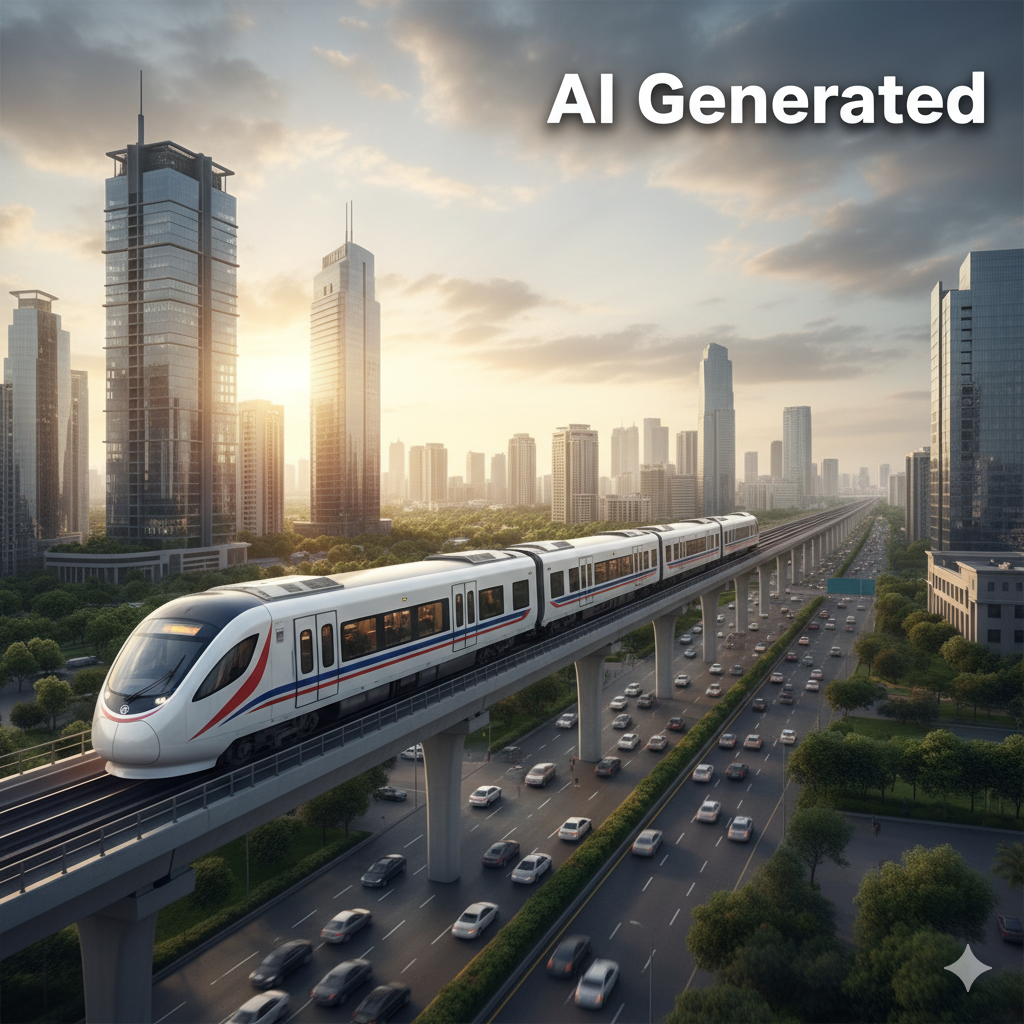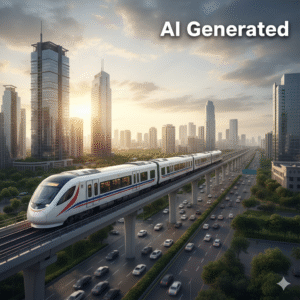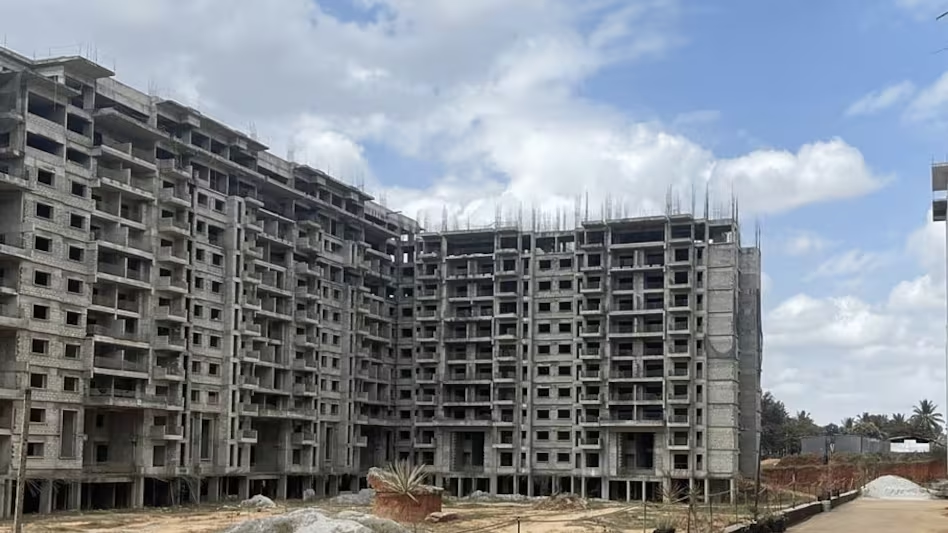Noida to Gurugram in 1 Hour: A Realty with Namo Bharat Rail
Imagine a world where the daily commute between two of the National Capital Region’s (NCR) most bustling economic hubs—Noida and Gurugram—is reduced to a mere hour. For millions of professionals, entrepreneurs, and students, this has long been a dream. The grueling 2-3 hour journey, often marred by traffic congestion and unpredictable delays, is a significant drain on time and productivity. However, this dream is on the cusp of becoming a reality, thanks to the proposed Namo Bharat Rail corridor. This ambitious project promises to redefine urban transit, offering a semi-high-speed solution that will link Gurugram, Faridabad, Noida, and Greater Noida, effectively knitting together the economic fabric of these key regions.
What is the Namo Bharat Corridor?
The Namo Bharat Rail corridor is part of the broader Regional Rapid Transit System (RRTS) initiative spearheaded by the National Capital Region Transport Corporation (NCRTC). Unlike traditional metro systems, the RRTS is designed for long-distance, inter-city travel, with fewer stops and higher speeds. The Delhi-Meerut RRTS, an 82-kilometer stretch, serves as a successful blueprint for this new wave of urban transit. With sections like the 55-kilometer route from New Ashok Nagar to Meerut South already operational, the Namo Bharat Rail is proving its potential to transform commuting patterns.
Impact on the Greater Noida-Gurugram Commute
The introduction of the Namo Bharat Rail is poised to have a transformative impact on the Greater Noida to Gurugram commute. The current journey, which can take anywhere from 2 to 2.5 hours by car or bus, will be drastically shortened to approximately 60 minutes. This significant reduction in travel time is expected to encourage a massive modal shift, as commuters opt for the comfort, speed, and reliability of the rapid rail system over private vehicles. This shift will not only ease the notorious traffic congestion on highways and major roads but also contribute to a greener, more sustainable urban environment by reducing carbon emissions.
Economic and Real Estate Impact
The arrival of the Namo Bharat Rail corridor is poised to be a significant catalyst for economic development and real estate growth. By drastically cutting down travel times, it will make areas along the route, particularly in Faridabad and Greater Noida, far more accessible to professionals working in Gurugram and Noida. This enhanced connectivity is expected to drive up demand for both residential and commercial properties, transforming these regions into highly sought-after investment destinations. The Namo Bharat Rail project is not just a transport solution; it is an infrastructure initiative that will unlock new economic opportunities and create a more integrated and prosperous regional economy.
Advanced Technology and Features
What sets the Namo Bharat Rail apart is its state-of-the-art technology and passenger-centric features. Unlike a traditional metro, these semi-high-speed trains are designed for longer distances, with a top speed of 180 km/h and an operational speed of around 160 km/h. The trains are equipped with modern amenities like Wi-Fi, luggage racks, and spacious seating, ensuring a comfortable journey for daily commuters and travelers. The high frequency of service, with trains running every 5-7 minutes during peak hours, will provide a reliable and convenient travel option that will make the Namo Bharat Rail the preferred mode of transport for thousands.
A Vision for a Connected NCR
The Gurugram-Noida-Faridabad extension is a crucial piece of a much larger puzzle. It is part of the NCRTC’s master plan to develop a network of eight RRTS corridors that will seamlessly connect major cities across the National Capital Region. The long-term vision is to create a multi-modal transport hub where different corridors of the Namo Bharat Rail system, including the operational Delhi-Meerut line and the proposed Delhi-Panipat and Ghaziabad-Jewar Airport lines, will converge. This ambitious network will not only ease traffic congestion but will also create a future-ready, smart-mobility ecosystem that supports the sustained growth and development of the entire NCR.
Source :PIG






